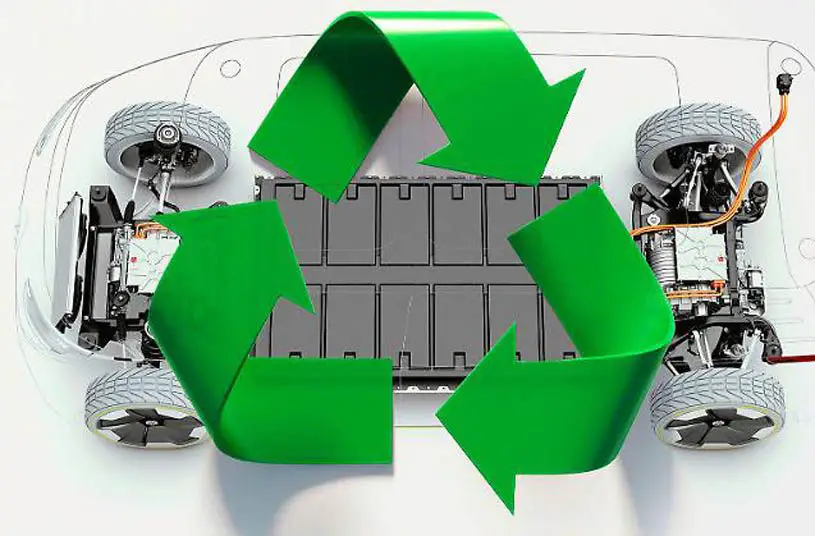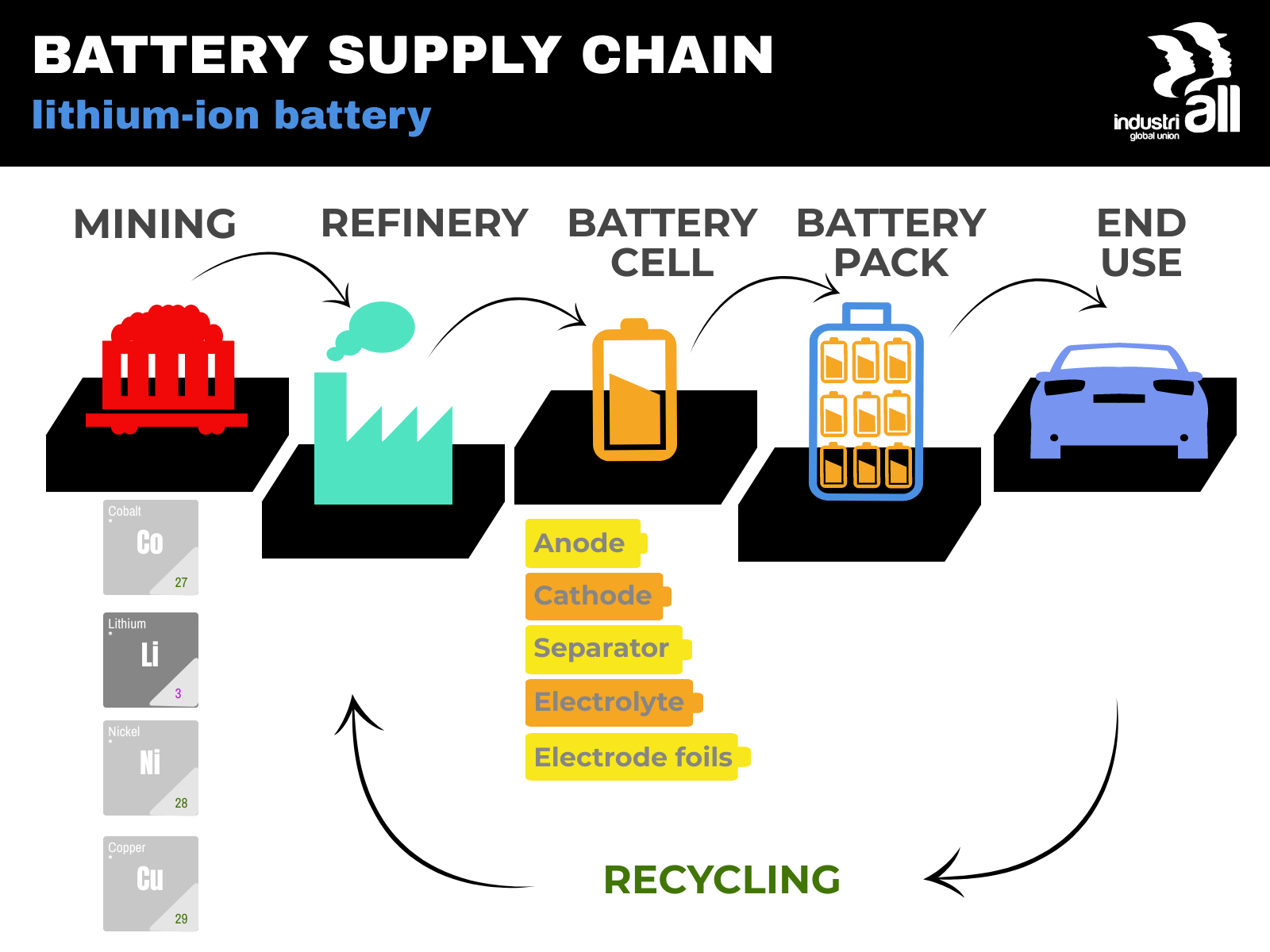Recycled Battery Materials Can Work as Well as New Ones
Recycled materials recovered from end-of-life lithium-ion batteries can outperform new commercial materials. Recycling old batteries into new ones would not only reduce the toxic e-waste dumped into landfills but also reduce the environmental impact of mining for new materials.


Recycled materials recovered from end-of-life lithium-ion batteries can outperform new commercial materials.
Recycling old batteries into new ones would not only reduce the toxic e-waste dumped into landfills but also reduce the environmental impact of mining for new materials. However, recycling lithium batteries are challenging compared to that lead-acid batteries.
Yan Wang , a professor of mechanical engineering at Worcester Polytechnic Institute says people’s impression on recycled material is not as good as virgin material. He also adds that battery companies still hesitate to use recycled material in their batteries.
Lithium batteries in EVs are bigger and heavier than ordinary car batteries. They are complicated to disassemble because they are built up of hundreds of individual lithium-ion cells. They contain toxic metals such as copper and lead. And, if disassembled wrong, the batteries have a nasty habit of exploding.
According to the new research published in Joule in what the experts describe as a more elegant recycling method that refurbishes the cathode—the carefully crafted crystal that is the lithium-ion battery’s most expensive component and key to supplying the proper voltage. The researchers found that batteries they made with their new cathode-recycling technique perform just as well as those with a cathode made from scratch.
In fact, batteries with the recycled cathode both last longer and charge faster. The team’s approach and successful demonstration are “very unique and very impressive,” says Kang Xu, an electrochemist at the U.S. Army Research Laboratory, who was not involved in the study.
From the research the recycled material showed a more porous microscopic structure that is better for lithium ions to slip in and out of. Batteries with an energy density similar to those made with commercial cathodes but which also showed up to 53% longer cycle life.The cathodes were made using a patented recycling technique that Battery Resourcers, a startup Wang co-founded, is now commercializing.
Most battery recyclers produce separate elements to sell to battery material companies, which will in turn make the high-grade materials for car and battery makers. But the real value of an EV battery is in the cathode, Wang says. Cathode materials are proprietary combinations of metals including nickel, manganese, and cobalt that are crafted into particles with specific sizes and structures.
Source;
i) Jordan Wilkerson (2022) Recycled Lithium-Ion Batteries Can Perform Better Than New Ones.




